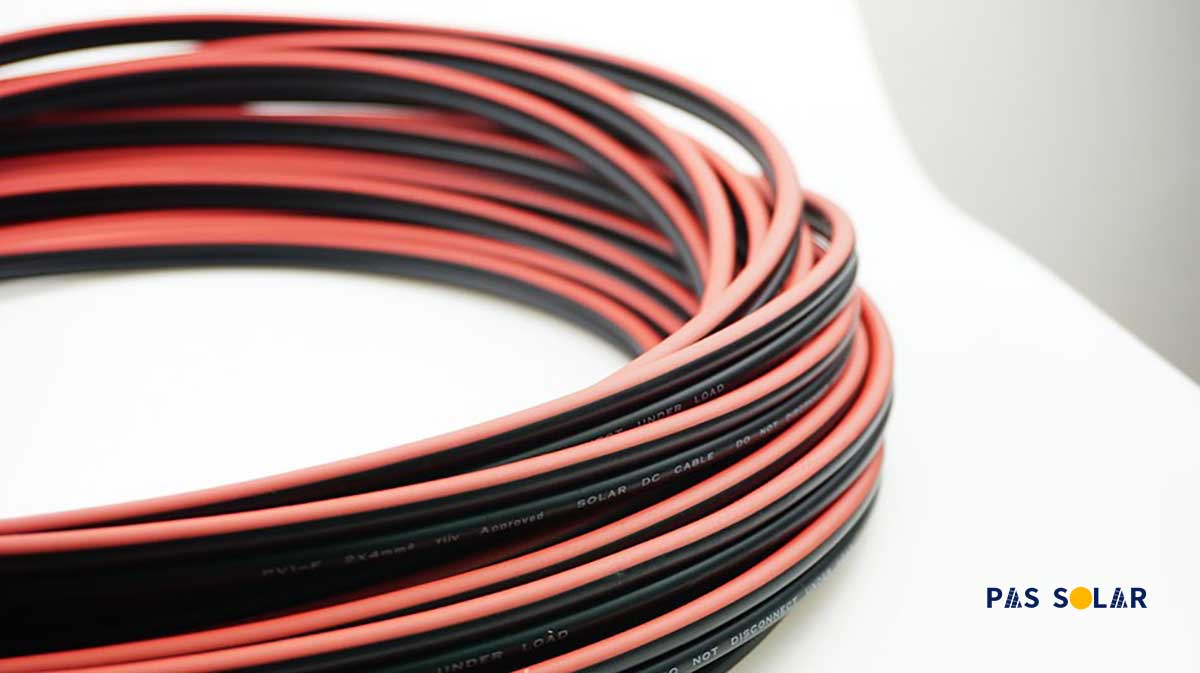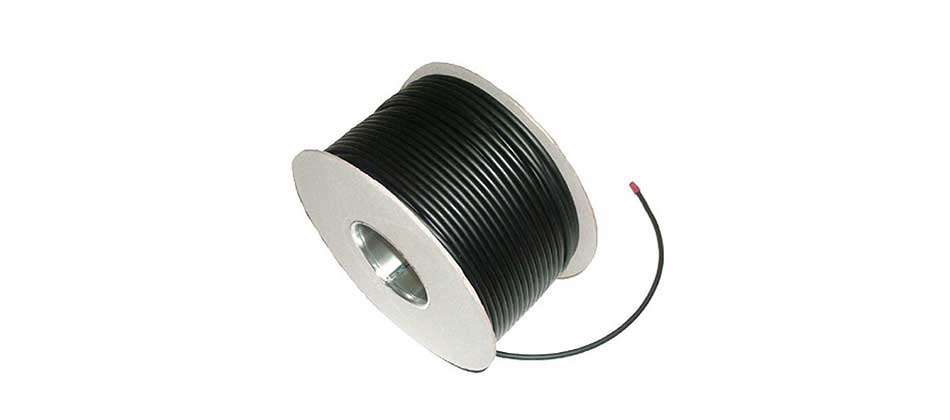With the recent increase in the use of solar panels, sales of photovoltaic cables and wires have skyrocketed. But we have to think about the potential difference between solar cable and normal cable when planning to install a solar power system. Since solar cables are still a recent invention, they face many misunderstandings. What are the characteristics of a solar cable? Why can’t you just run any wire with your solar panel and call it a day? What other cables are allowed for solar panels? Read on to find out.
What is the difference between solar cable and normal cable?
PV cables for solar photovoltaic energy are exclusively made for connections in solar photovoltaic energy systems. They are one of the latest cables on the world market, as they have only been used for less than 15 years. They are resistant to moisture, flames, and sunlight, and are flexible. These cables perform extremely well in very high temperatures.
Photovoltaic cables for solar PV are used for the entire life of the solar panel, which is usually 25 or 30 years, and the manufacturer usually offers a guarantee for this entire time. Solar PV cables are installed specifically with solar panels like the JA solar panels in Dubai, so their design always reflects the latest trends and innovations in the solar industry. PV cable comes in different voltages and can have a copper or aluminum conductor.
PV cable vs normal cable
Unlike typical solar panel cables for sale in Dubai that comes with PVC insulation, PV cables typically have XLPE insulation with excellent resistance to sun and weather, as well as extreme temperatures. That’s the main difference between solar cable and normal cable. Also, regular DC cables only last five to eight years with the best maintenance. This is unacceptable for those solar panel in Dubai that are designed to last a long time. Therefore, the National Electrical Code prohibits using any wires on your solar panel. The only two options you have are PV cables and USE-2 cables.
Why is it important to know the difference between solar cable and normal cable?
Wires and cables are the means through which energy transport takes place. Solar power systems do not use the regular power cables and wires that we see in our daily use, and that is due to several reasons. Solar PV cables differ from normal cables in several ways.
The first difference would be the difference in the construction of solar cables and regular cables. Solar cables are usually made of a single conductive material and even in the case of a group of conductors, the multiple cables that are present within the cable are constructed differently. On the other hand, many of the cables that are manufactured for regular use would be grouped, which would justify the term ‘cables’ and not ‘wires’. You should also determine what kind of solar structure to buy.
The second difference between solar cable and normal cable is the material of the jacket or outer layer. Since most solar power systems work outdoors, so do the cables or wires that connect them. And in the case of regular cables, they are usually buried underground or hidden inside walls. This means that normal household or even industrial cables are subject to substantially less wear and tear, while solar cables have to take a lot of knocks. For this reason, solar cables are coated with a different material that is much more resistant to the environment and therefore rated for much longer use. Most normal cables are rated for 8-10 years of use, but solar cables are expected to maintain their performance for up to 25 years.
The last difference between solar cable and normal cable is the wire gauge, or more specifically AWG (American Wire Gauge), which implies the thickness of the wires within the cable. Generally speaking, the larger the gauge of a wire, the smaller the wires. Normal cables come in a wide variety of gauges, ranging from 2 to 20, but can still go beyond this range.
During installation and maintenance, cables can be pulled through sharp edges of the roof structure. Cables also must cope with pressure, tension, bending, strong impacts, and cross-tensile loads. If the sheath of the cable is not strong enough, the insulation layer of the cable will be seriously damaged, which will affect the service life of the entire cable, or cause the risk of short circuit, fire, and personal injury.
This PV cable vs normal cable guide can inform you of the differences between solar cables and ordinary cables, but if you need more info, don’t hesitate to contact a solar panel inverters distributor in uae.




